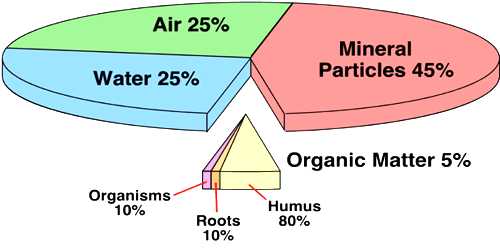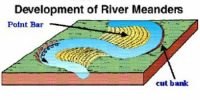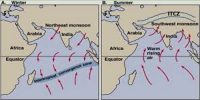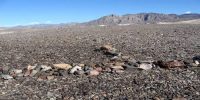Soil Formation: Soil Contents
The soil is an amalgamation of materials. The essential components of soil are minerals, organic matter, water, and air. The usual soil consists of around 45% mineral, 5% organic matter, 20-30% water, and 20-30% air. One part of soil is the rock that has been broken down over time by wind, water, and chemical procedures. We see plants growing in soils. We play in the ground and come into contact with soil. We touch and feel soil and soil our clothes while playing. How could we describe it?
A pedologist who studies soils defines soil as a collection of natural bodies on the earth’s surface containing living matter and supporting or capable of supporting plants.
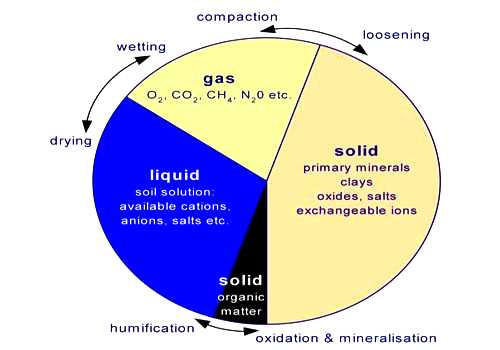
The soil is a dynamic medium in which many chemical, physical and biological activities go on constantly. The soil is a result of decay, it is also the medium for growth. It is a changing and developing body. It has many characteristics that fluctuate with the seasons. It may be alternatively cold and warm or dry and moist. Biological activity is slowed or stopped if the soil becomes too cold or too dry. Organic matter increases when leaves fall or grasses die. The soil chemistry, the amount of organic matter, the soil flora and fauna, the temperature and the moisture- all change with the seasons as well as with more extended periods of time. That means, the soil becomes adjusted to conditions of climate, landform, and vegetation and will change internally when these controlling conditions change.
